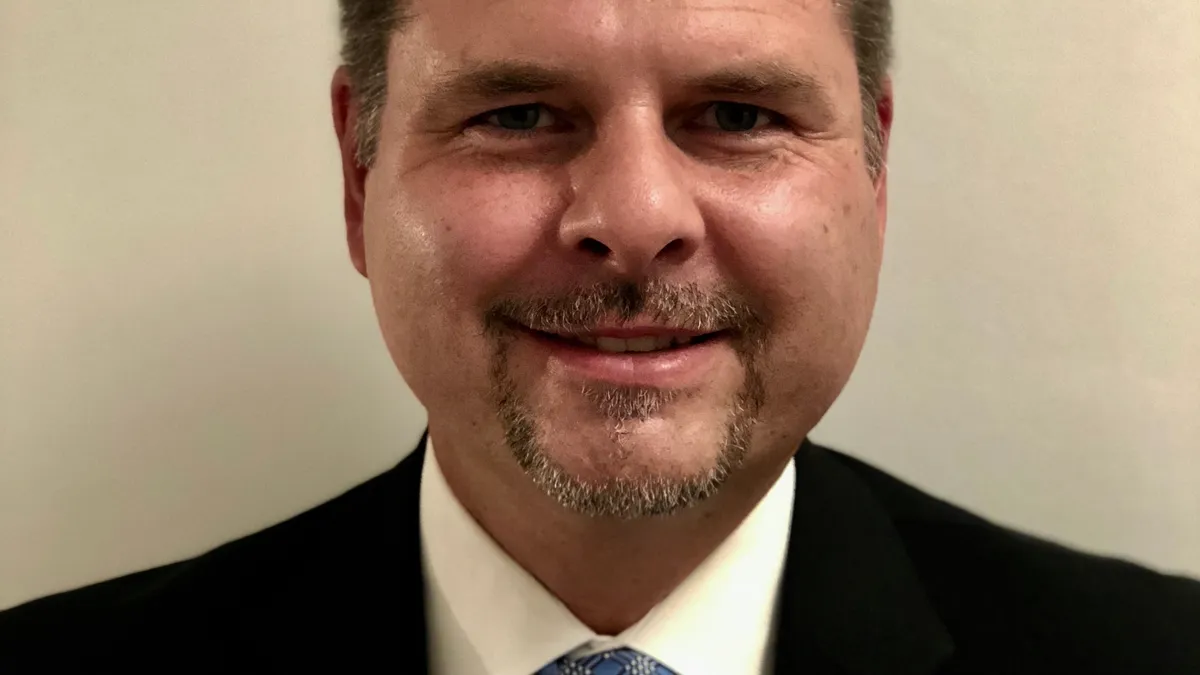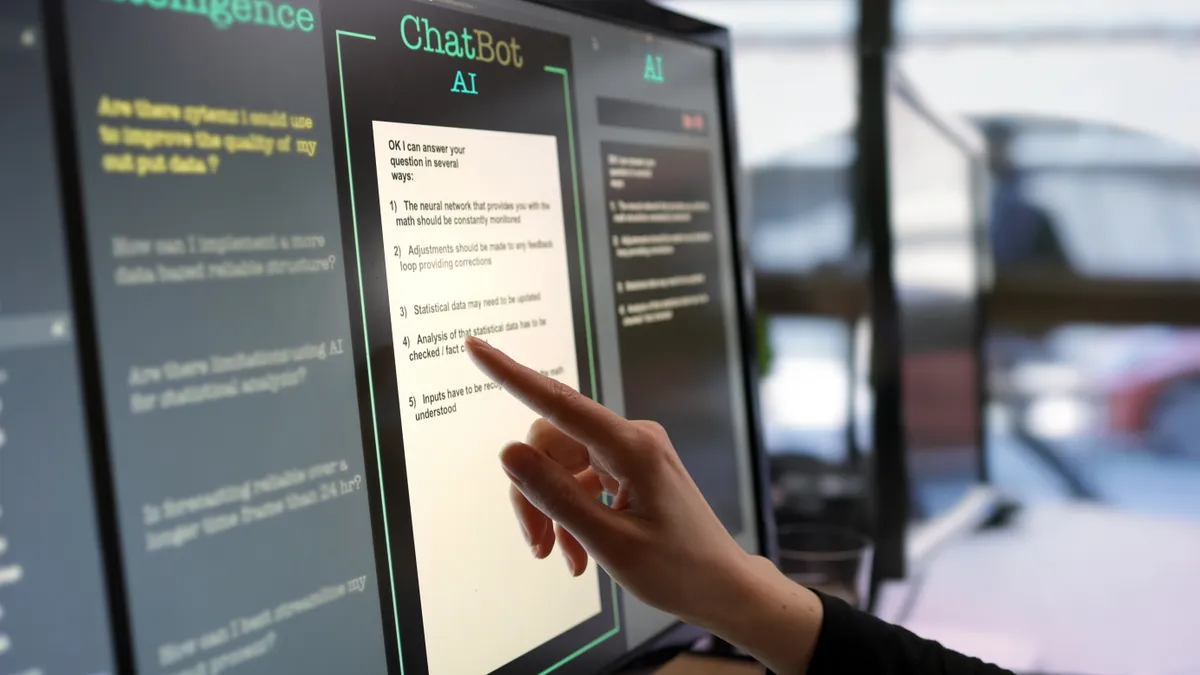With a career that includes over a decade as a principal in Wake County, North Carolina, and a stint as a transformation coach for the North Carolina Department of Public Instruction, Greene County Schools Chief Academic Officer Frank Creech is no stranger to the challenges and opportunities in front of the state's schools.
For a rural, low-income district like Greene County, where funding can sometimes be tight, the challenges are amplified by a lack of resources and access to experiences outside of the immediate community for many students.
"We have to be pretty innovative in how we go about trying to serve our students and to make sure our students and families have the same quality opportunities for kids to extend their learning as students in an urban district or a better-funded district may have," Creech said.
Creech detailed the growth mindset that exists at the district level, opportunities presented through a handful of initiatives, and the importance of breaking down silos between instruction and IT offices.
EDUCATION DIVE: An AASA case study about the district's efforts to provide equitable opportunities amid budget concerns refers to a mindset of, “I don't know how to do this, but I'll find a way.” What role has that attitude played in lining up partnerships and resources to help meet learning needs?
FRANK CREECH: We as a district pride ourselves on having a growth mindset. And our teachers went through a really extensive course back in 2012 and 2013 that was led by Research for Better Teaching, Jon Saphier’s group.
We began working on our own mindsets and our expectations for ourselves as educators, as well as what are those high expectations we have for our students. What do they really look like, and what's each step along the way look like for the students?
We have a good relationship with a number of employers in our region, within a 25-mile radius. And our superintendent sits on the Eastern North Carolina Employers and Superintendents Council. It's the 12 largest employers in the region, as well as the superintendents of districts.
They sit down together on a routine basis and have conversations around what are the skills gaps that we have, what are the opportunities for students to graduate and come back and work in the surrounding area and stay, to increase the economic development that's going on in the area.
Through those conversations, we've developed partnerships with some of the individual employers, and also with funders who have stepped in. And through a collaborative effort, we've been able to provide kids with more opportunities, more summer learning, more internships, and even some connections directly into the job market for some of our students who would prefer to do that rather than pursue a four-year college degree.
That's been an area where we feel we have some traction. Some specific examples would be a computer integrated machining program that was partially funded through the local community college, Lenoir Community College, as well as the Golden LEAF Foundation.
It's housed right beside our school campus on a community college annex. We have kids who are going into machining classes during their junior year, and before they're even finishing the machining certification, employers are reaching out and hiring them. Those are good-paying jobs for students. And a lot of times, our students are big contributors to their household income, so that's definitely been a plus.
We do some partnering with some of the hospitals in the area for field placements for students who are working on a nursing aid certificate, and then on some summer paid internships for students to explore different medical careers in everything from pharmacy to physical therapy to radiology. [It’s] letting students have not actual hands-on experience, but to be in the work environment and to interact with those people and try to make a decision on if this is something they would like to pursue.
Those are a few examples of how working with our regional employers and some funders is providing a lot more to our students than we could do on our own.
Do you find that the current technical education opportunities and workforce opportunities help engage students who might traditionally be considered at risk, keeping them in school through to graduation?
CREECH: Definitely. I believe last year we finished the school year with about 800 students at our comprehensive high school, Greene Central. And we earned almost 1,100 credentials or workforce certificates that are recognized by their third-party credentials. So that's an indication. Some students are earning several. And [they're in] everything from computer science to health sciences, machining, welding.
And we're looking to begin work on building out a fire science pathway and hope to engage a lot of our local volunteer fire departments in that effort.
With the district's participation in the North Carolina Digital Learning Initiative and the NC STEM Ecosystem, what does that mean in particular when it comes to curriculum adoption and implementation?
CREECH: With the North Carolina Digital Learning Initiative, Greene County has always been one of the pioneers in that work in North Carolina. I believe we're entering our 14th year of a 1:1 program. It's one of the oldest in the state, and it's sustained locally.
We have been recognized for instructional delivery using technology and 21st century skills. With the Digital Learning Initiative, we had two grants from the state. The first was a showcase grant that basically helped us scale up some district-wide events that we have to focus on the digital learning competencies. We would do presentations at state-level conferences, and we would be evaluated or we'd have site visits from people at the state [education] department who would come and look at what we were doing.
From there, we applied for the Innovation Academy grant, which is a 3-year, $300,000 grant. What we do there is take what we're doing well in the district and showcase it a number of different ways. We’ve scaled up the mini-conference, so we have teachers from surrounding school districts coming and attending. We're able to pay for their substitute costs for that day, and they earn renewal credits with us.
That leads into summer teacher academy. We sponsor two different week-long teacher academies that districts from across the state send their teachers to, and they work with our teachers and our literacy facilitators and our STEM director.
They learn how we build blended learning courses, and we walk them through our philosophy and our process. They leave at the end of the week and have their own core skill they're able to take back to their school and use, and they can begin scaling from there. Districts will send teachers each year, and every now and then we get the same teacher back a couple of years in a row to just further develop their own work.
That's something that we've been working to do for a number of years, and I think we're having an impact when we look at some of the feedback we get on social media and from exit surveys. We’re also cataloging the work we're doing in that area so it can be shared as best practices and anytime professional development.
The North Carolina STEM Ecosystem is technically [part of] an international community of practice. There are about 80 different members, which are ecosystems from across the country. Some of them have nonprofit organizations leading those, some of them are working through universities. We come together twice a year and share best practices, provide professional learning for one another, and try to advocate for STEM policy that would benefit all students.
With digital learning in particular, how much collaboration is there between your office and the district’s tech or IT office?
CREECH: We have a very robust network and infrastructure, but the chief technology officer's office is one down from mine, and he comes from a background of being a classroom science teacher as well as being a school-based technology facilitator. So we have a very lean central administration.
Every day, we are talking and working together and pulling in our technology facilitators who serve our schools and our instructional coaches. We meet together for a half-day monthly, but there's an ongoing dialogue, and the technology officer was one of the big contributors to our grant proposals as we were completing those and submitting them for review.
He's on board with what we're doing, and we engage him if we're looking at new software or new pieces of equipment. We always work with him to make sure that it's compatible to what we're able to do with our network and our equipment, but also to make sure that everything we're doing is aligned to the district's strategic goals.





















